Menopause & How Physio Can Help
The word menopause is one that can ignite fear, shame, and anxiety in many women. It is not a topic that we are often educated on, so when we start transitioning into this phase of life we are left with many questions about what we can do to manage the symptoms. Being informed on your body and the changes it is going through is the first step to feeling empowered and in control. Today we are going to talk about how pelvic physical therapy can help with your transition to menopause and beyond, but if would like more information please see some of the resources listed at the end of this article!
What is menopause?
Menopause is a natural process- sort of like puberty, just in reverse! It is NOT a disease. Menopause is defined as the permanent cessation of menses (your period) for 12 consecutive months. It will usually occur spontaneously around the age of 51, although symptoms can be present for years before. This is what we call peri-menopause or menopause transition. Peri-menopause starts when your menstrual cycles start to vary by more than 7 days and lasts up until your final menstrual period (FMP).
What are some typical symptoms associated with peri-menopause and menopause?
Varying bleeding patterns and a more symptomatic period (peri-menopause)
Hot flashes/hot flushes
Night sweats
Vaginal dryness or sexual dysfunction (pain with sex, decreased libido)
Incontinence and/or urgency with urination
Mood changes (depression, anxiety)
Sleep disturbances
Joint pain/arthritis
Muscle pain
Cognitive changes (memory, concentration)
What are some of the long-term effects of menopause?
Bone loss
Cardiovascular disease
Body composition (increased fat mass, decreased estrogen and follicle stimulating hormone)
Decreased balance
What does a pelvic physical therapy assessment look like?
We will ask you about 100 questions on things like bladder and bowel habits, diet, exercise, prolapse symptoms, sexual activity, birthing history, sleep hygiene and other musculoskeletal injuries or pain spots. We will also perform an internal exam (with your informed consent) to provide us with information on your tissue’s health and to observe if there is any tightness or weakness in the pelvic floor muscles. From there we can figure out how we can help!
What can physical therapy help with?
Urinary incontinence and urgency: through bladder retraining techniques and pelvic floor muscle training, pelvic floor therapy is a very effective treatment for managing incontinence and urgency.
Sexual health: education on vaginal lubricants, moisturizers and dilator use can help with vaginal dryness and painful sex.
Pelvic organ prolapse: pelvic floor strengthening can help decrease prolapse symptoms for some women. We can also connect you to healthcare providers who are certified in pessary fittings.
Keeping you active: This is probably one of the most important things we do. Keeping you active can help with incontinence, mood changes, sleep disturbances, joint and muscle pain, bone loss, cardiovascular disease and balance! We will make a customized program that will support your active living goals.
Help you build your support team- whether that is connecting you with dieticians, massage therapists, acupuncturist or community support programs- we have a wealth of information, so don’t hesitate to ask us about people or resources that might help!
If you have any other questions about pelvic physical therapy and menopause please email me at chantal@coronaphysio.com or ask to book your pelvic assessment today!
Written by: Chantal Pinsent, MScPT, CAFCI, Dry Needling Certified
Resources
MenopauseandU: https://www.menopauseandu.ca/
American College of Obstetricians and Gynecologists: Menopause Resource Overview
For further information on managing menopause, please refer to this presentation by Dr. Kathryn Macaulay
Physiotherapy and Menopause: https://www.physio-pedia.com/Menopause
The Menopause Manifesto: Menopause Manifesto
My Health Alberta: Menopause My Health Alberta



